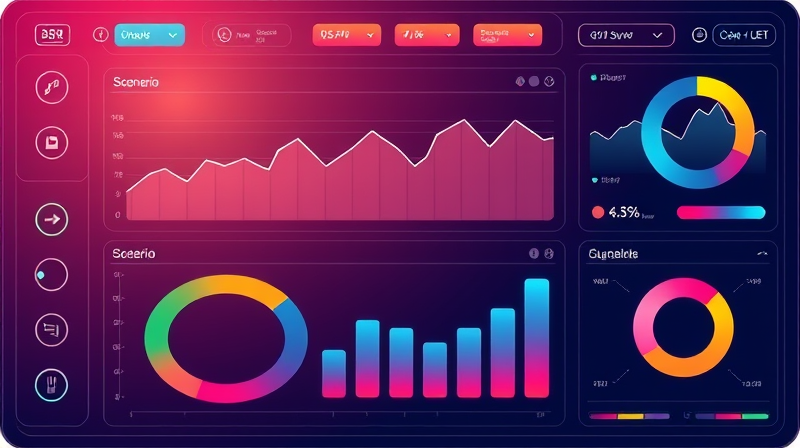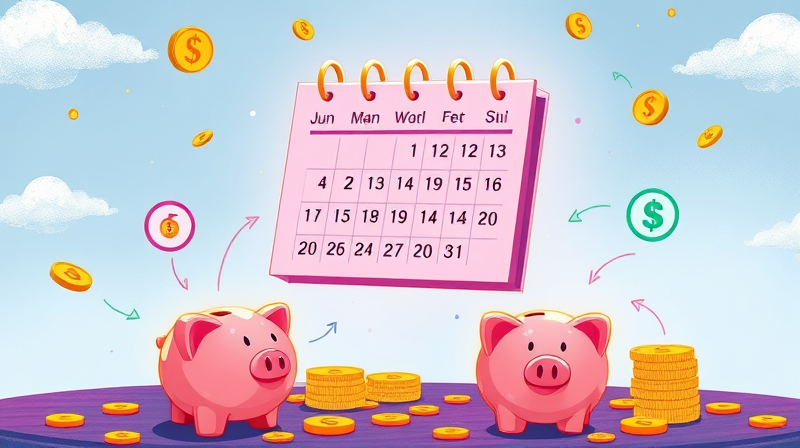
Investment research often feels like chasing pieces of a puzzle spread across countless notes, files, and screens. Without order, vital insights can slip through the cracks, leading to missed opportunities and frustrated analysts. The solution? A robust tagging system that transforms scattered data into a coherent, searchable library.
In this article, you’ll discover how a well-designed tag taxonomy not only keeps your investment notes organized but also accelerates your decision-making, strengthens compliance, and fuels deeper analysis.
At its core, a tag is a label—typically a key-value pair—attached to a note, file, or asset to store metadata. Unlike folders, which impose rigid hierarchies, tags offer flexible, non-hierarchical classification that can adapt as your portfolio grows.
Applying tags to investment notes lets you:
By weaving tags into your workflow, you gain fast information retrieval at your fingertips, turning a messy archive into an organized vault of insights.
Before diving in, it’s crucial to define a consistent taxonomy. A clear schema ensures every team member uses tags the same way, avoiding ambiguity and duplication.
Consider grouping tags into broad categories, such as asset type, sector, geography, strategy, date, sentiment, and outcome. As your system matures, you can introduce sub-level tags for greater granularity.
Table: Core tag categories with prefixes and examples.
To maintain clarity, establish naming conventions for punctuation, capitalization, and date formats. This eliminates confusion between similar tags like “date:06-25-2025” and “date:2025-06-25.”
Building a tagging framework is only half the battle; sustaining it demands discipline and regular upkeep. Follow these best practices to keep your tags relevant and powerful:
By embedding these practices into your routine, you’ll foster a system that endures evolving strategies and market shifts.
Select a platform that supports multi-tagging and powerful search filters. Popular tools include Notion, Evernote, Excel with advanced filters, or specialized investment journals. The ideal platform should let you:
Start by drafting a master tag list. Next, apply tags whenever you create a new note: record the asset, sector, strategy, date, and any other essential attribute. As your research evolves, add retrospective tags to capture emerging themes like “lesson learned” or “macro headwinds.”
Even the best systems encounter hurdles. Two common pain points are tag sprawl and human error. Tag sprawl occurs when too many granular tags clutter your taxonomy, diluting its effectiveness. Combat this by:
• Consolidating overlapping tags into broader categories. • Archiving or merging underused tags during your routine audits.
Human error, meanwhile, can introduce inconsistencies. Mitigate mistakes by building in automated tag suggestions and validation. Many modern apps offer AI-driven prompts that recommend relevant tags based on note content.
Finally, recognize that your investment objectives will shift. What mattered a year ago may no longer be relevant. Commit to a biannual review of your taxonomy to align with new strategies, asset classes, or compliance requirements.
When executed correctly, a tagging system delivers profound advantages:
Case studies from leading organizations reveal that structured tagging can cut retrieval time by half and significantly lower error rates in data compilation. By adapting these strategies, investment professionals can operate with greater speed, confidence, and precision.
Ultimately, the goal of any tagging system is to transform a disordered collection of notes into a dynamic knowledge base that grows more powerful with each entry. With consistency, periodic refinement, and strategic automation, you can unlock deep thematic cross-asset analysis and drive more informed, profitable decisions.
Empower yourself and your team by adopting this tagging framework today. Watch as your investment insights become instantly retrievable, your research gains newfound coherence, and your overall efficiency soars. The path to organized, high-performance investing starts with a simple tag—make yours count.
References













